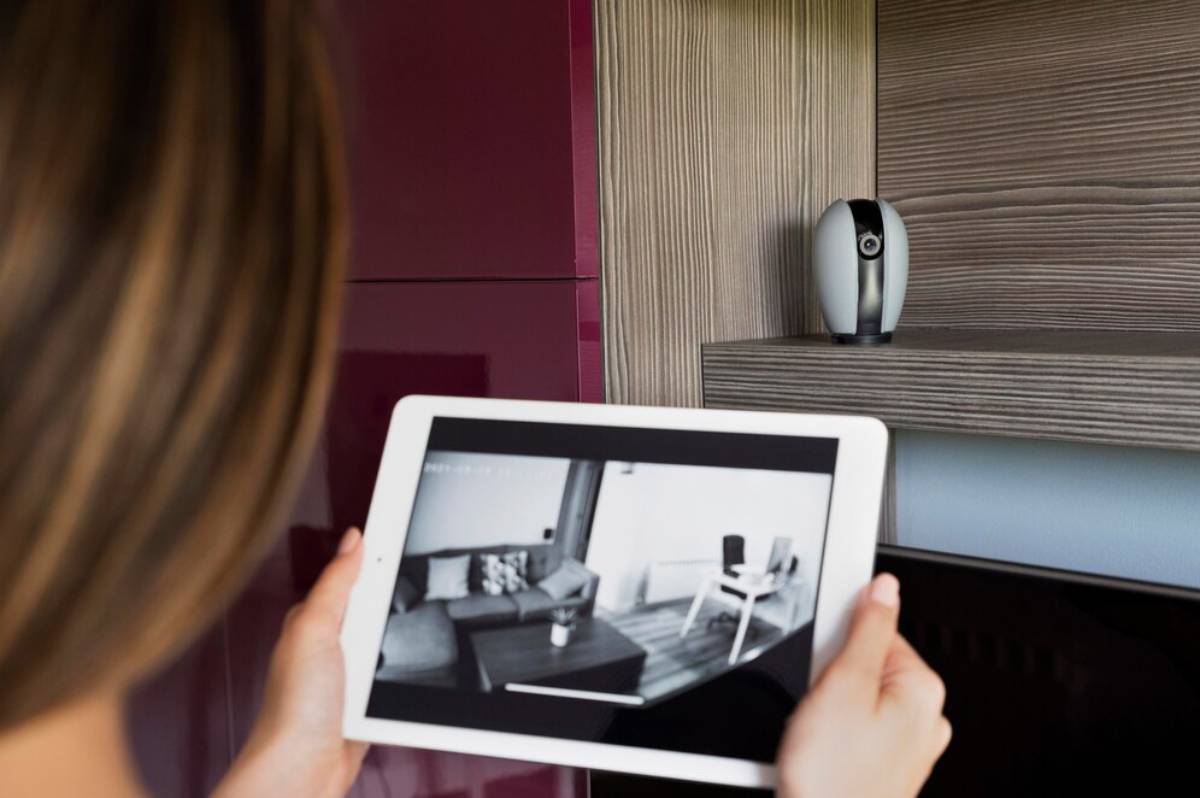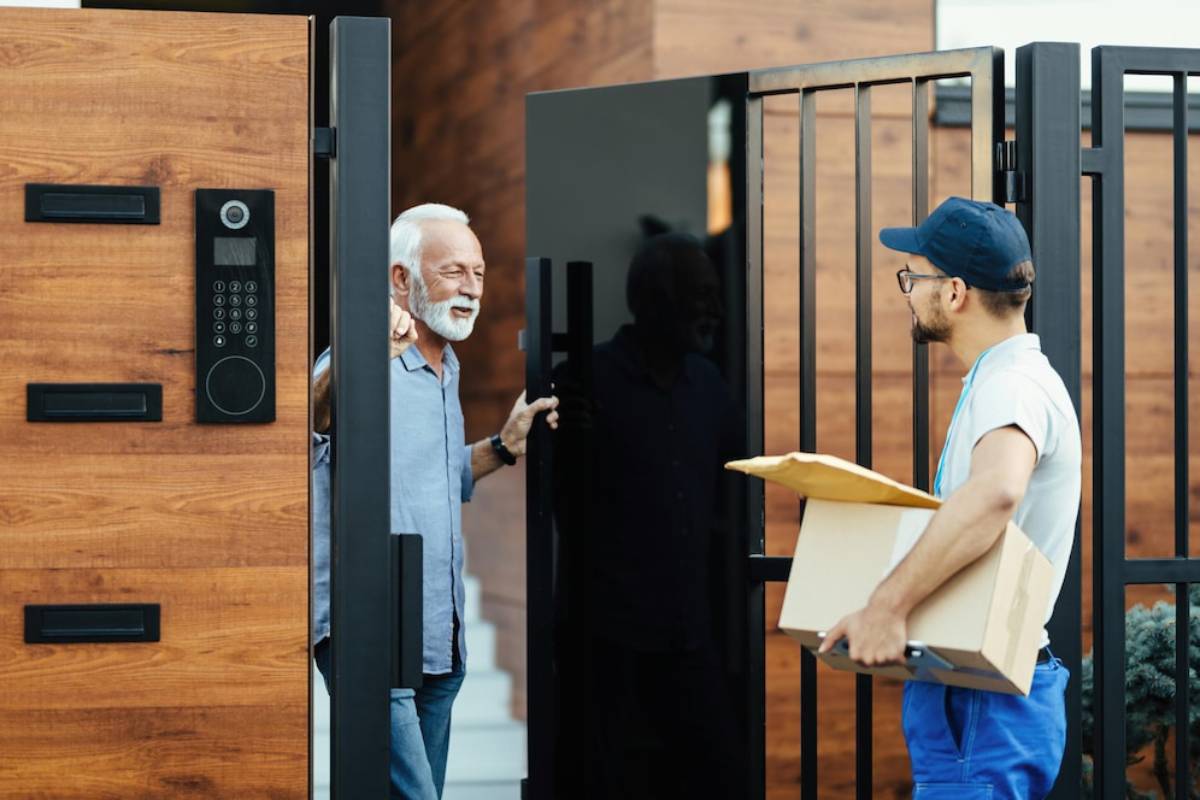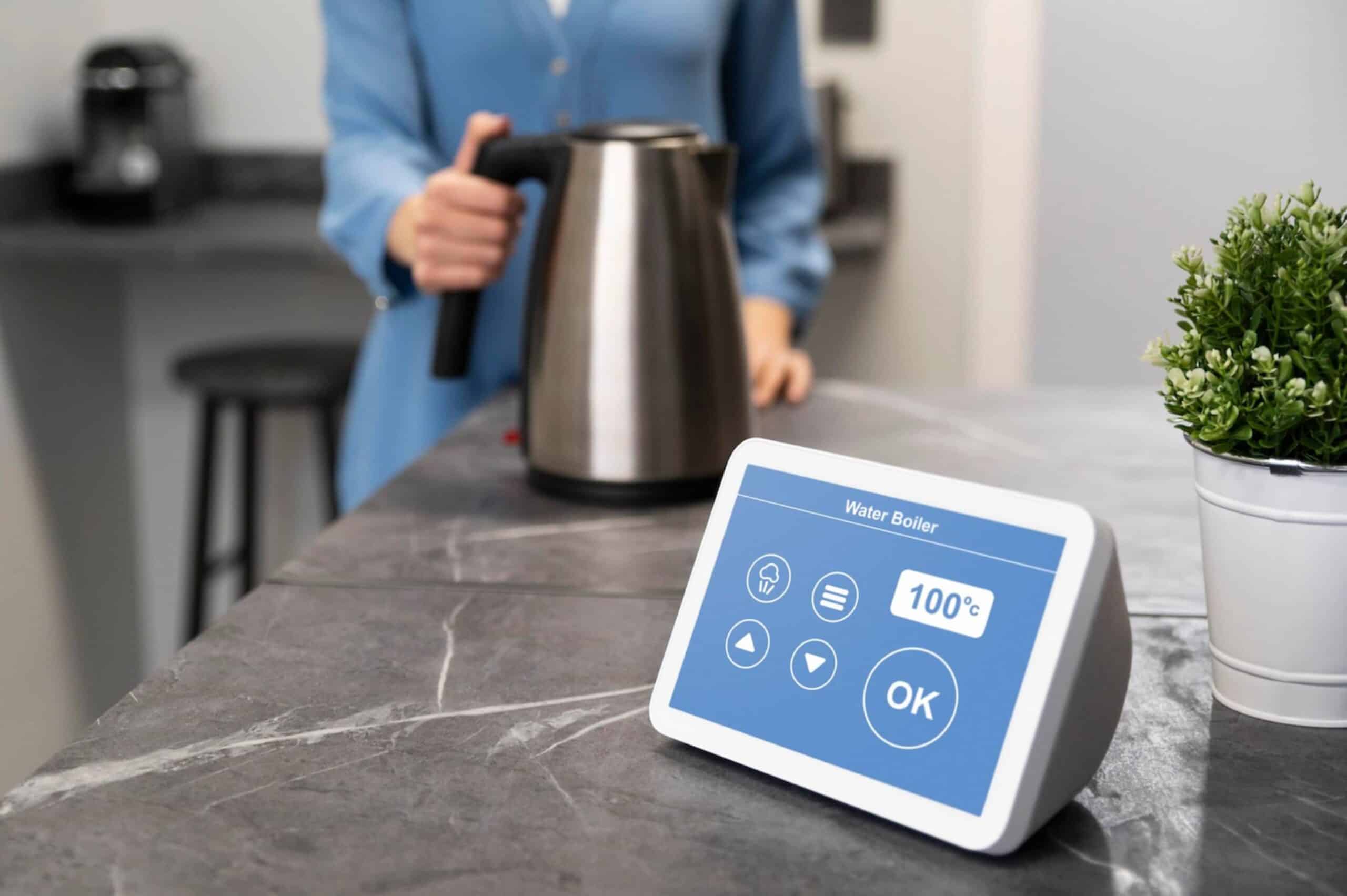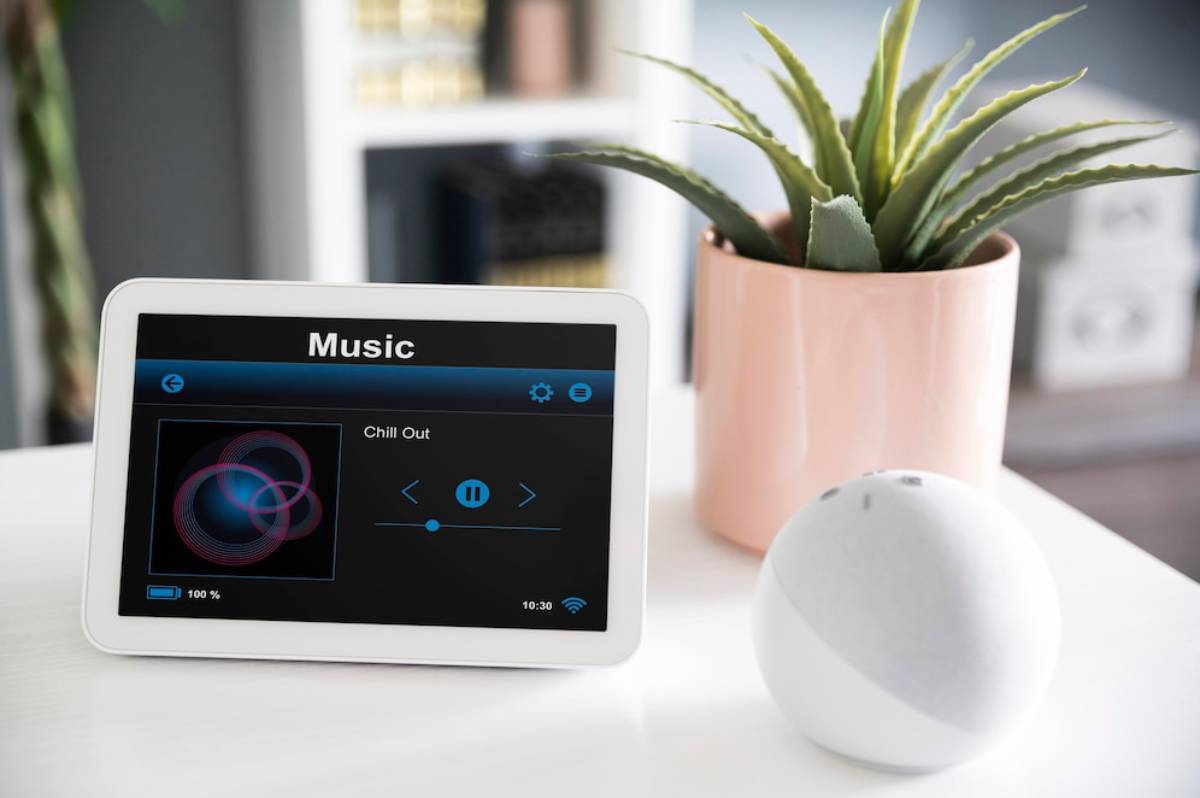
Child Safety with Smart Home Devices
As homes become more connected, parents are discovering new ways to keep their children safe using smart technology. From motion-sensing cameras to automated locks and environmental sensors, today’s smart child safety devices offer a powerful blend of prevention, monitoring, and peace of mind.
Whether you’re looking to secure hazardous areas, monitor your baby remotely, or get alerts when doors open, this guide to home safety automation explores the most effective tools and how to use them. It’s childproofing for the modern age—intelligent, customisable, and incredibly reassuring.
Why Smart Safety Matters for Families
Child safety is a top priority for any household, and while traditional tools like baby gates and cupboard locks remain essential, smart devices add an additional layer of protection. They help:
- Prevent access to dangerous areas (like kitchens or stairwells)
- Monitor children while they sleep or play
- Alert you when something’s wrong—before it becomes an emergency
- Integrate with wider home systems for efficient child monitoring
With the ability to track movement, set limits, and automate responses, smart home technology helps families feel more secure and connected throughout the day.
Everyday Benefits of Smart Child Safety Devices

Smart home safety tools offer solutions for many real-life parenting situations:
- Late-night wanderers: Receive alerts when a toddler leaves the bedroom at night.
- Door and window safety: Know instantly if a door opens unexpectedly during nap time or in the middle of the night.
- Environmental hazards: Get temperature or carbon monoxide alerts if levels become unsafe in a child’s room.
- Remote supervision: Use indoor cameras to check in while you’re in another part of the house or away from home.
- Routine automation: Combine locks, lights, and sensors into child-specific scenes for bedtime or playtime routines.
By tailoring your smart home to your family’s needs, you can reduce worry and create a safer, more responsive environment.
Must-Have Smart Devices for Child Safety
1. Contact Sensors and Motion Detectors
Use case: Receive notifications when doors, windows, or cupboards are opened—ideal for monitoring exits, medicine cabinets, or cleaning supply cupboards.
- Contact sensors (on doors or drawers) alert you when they’re opened or closed.
- Motion sensors can detect movement in hallways, bedrooms, or restricted zones.
Many work with Alexa, Google Home, or SmartThings, and can trigger alarms, lights, or even send phone alerts.
2. Indoor Cameras with Two-Way Audio
Use case: Monitor babies, toddlers, or older children when you’re in another room or away from home.
Look for:
- HD video with night vision
- Two-way audio for communication
- Motion or sound alerts
- Secure app access with multiple users
- Integration with assistants like Alexa (“Show me the nursery”)
Child monitoring systems with recording features can also be useful for reviewing activity if needed.
3. Smart Plugs and Socket Covers
Use case: Automatically turn off appliances when not in use (heaters, fans, bottle warmers), and control them remotely.
Some smart plugs come with:
- Timer functions
- Voice assistant compatibility
- Energy usage alerts
- Child-lock features via the app
Use them alongside physical outlet covers for full safety coverage.
4. Smart Locks and Access Control

Use case: Ensure doors remain secure, and receive alerts if they’re opened unexpectedly.
Smart locks allow parents to:
- Lock/unlock doors from anywhere
- Create “child lock” scenes that prevent access during certain hours
- Monitor door activity via the app
- Sync with contact sensors for added security
They’re especially useful for securing front or back doors, garden gates, or even internal doors to rooms with hazards.
5. Temperature, Air Quality, and Leak Sensors
Use case: Maintain safe environmental conditions for babies and young children.
- Temperature sensors help regulate nursery heat, triggering heaters or fans.
- Air quality monitors alert you to poor air, allergens, or carbon monoxide.
- Water leak sensors are ideal under sinks, around baths, or in basements.
These sensors integrate with apps or hubs for real-time alerts and home safety automation routines.
6. Voice Assistant Integration
Voice assistants enhance safety by offering hands-free control over connected devices:
- “Alexa, is the nursery window open?”
- “Hey Google, turn off the kids’ room fan.”
- “Siri, lock the hallway door.”
Paired with child-safe routines, they simplify parenting by removing the need to physically check each device.
Expert Tips for Smart Home Safety with Kids
1. Set Up Safety Zones
Designate specific areas of your home as “restricted” in your smart home app. Use motion and contact sensors to monitor access to these zones and trigger alerts or lights when breached.
2. Use Routines to Automate Safety
Examples:
- “Goodnight” scene: Locks doors, dims lights, activates nursery camera, and sets thermostat.
- “Nap time”: Mutes doorbell, reduces noise levels, adjusts lighting, and activates air purifier.
- “Playtime”: Disables plugs in the playroom, turns on the ceiling fan, and plays a child-friendly playlist.
These routines streamline safety while improving your daily parenting flow.
3. Maintain Your Devices
- Replace batteries in sensors and smart locks regularly.
- Update firmware on apps and hubs to patch security vulnerabilities.
- Test alarms and camera feeds monthly to ensure everything’s functioning.
4. Monitor Alerts Efficiently
Set smart notifications to avoid overload. For example, enable entry alerts only during nap hours or at night.
Use grouped notifications or routines that only trigger after sustained movement, so you’re not constantly disturbed by false alarms.
Common Mistakes to Avoid
1. Relying Solely on Tech
Smart tools are designed to assist, not replace, attentive parenting. Use them as part of a broader safety strategy that includes physical barriers and routine supervision.
2. Using Default Device Names
Rename devices clearly in your apps—e.g. “Child Bedroom Window Sensor” or “Nursery Plug”. This makes voice commands and alert management easier, especially when your home grows more complex.
3. Overlooking Network Health
Smart safety devices rely on strong Wi-Fi. Place routers or mesh nodes near key devices (nurseries, hallways) and ensure all connected devices stay online.
If a device goes offline, investigate immediately to restore functionality.
4. Forgetting Physical Security
Smart locks are only as effective as the doors they’re installed on. Reinforce door frames and windows, and ensure safety devices are tamper-resistant or out of children’s reach.
Top Smart Child Safety Devices of 2025
Wyze Sense v2 Motion and Contact Sensors
- Affordable and reliable
- Works with Wyze Cam and Alexa
- App alerts for open/close or movement
- Compact, ideal for doors, windows, cupboards
Best for: Entry-level users securing rooms or exits.
Nanit Pro Smart Baby Monitor
- HD video with sleep and breathing tracking
- Wall or floor stand mounts
- Two-way audio and app alerts
- Integration with Alexa
Best for: Real-time nursery monitoring and health tracking.
TP-Link Kasa Smart Plug Mini
- App and voice control
- Timer and away mode
- Compact design with child-lock feature
- Integrates with Alexa and Google Assistant
Best for: Safe control of fans, heaters, or bottle warmers.
Yale Linus Smart Lock
- Keyless entry with app control
- Auto-lock/unlock and door status alerts
- Works with Apple HomeKit, Alexa, and Google
- Encrypted security for family safety
Best for: Keeping front and back doors secure and monitored.
Eve Room Air Quality Sensor
- Measures VOCs, temperature, and humidity
- Works with Apple HomeKit
- Battery-powered with e-ink display
- Ideal for sensitive environments like nurseries
Best for: Maintaining a safe, healthy indoor environment.
Conclusion: A Safer Home, A Calmer Mind

Childproofing has entered the smart age—and it’s changing how families live and feel at home. With the help of smart devices, you can extend your protection beyond locks and barriers to include active monitoring, intelligent alerts, and seamless home safety automation.
Whether it’s ensuring a peaceful nap, safeguarding staircases, or preventing unauthorised access, today’s child monitoring systems are giving parents more confidence, more tools, and more time to focus on what matters most—raising happy, healthy children.


